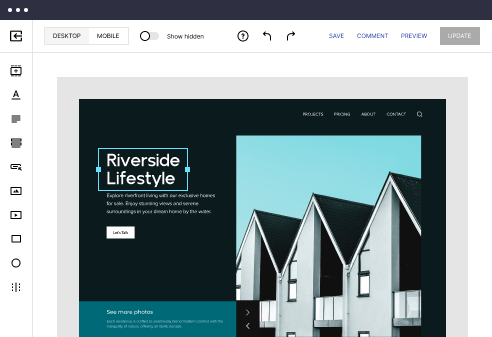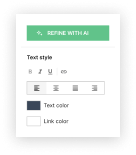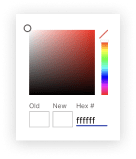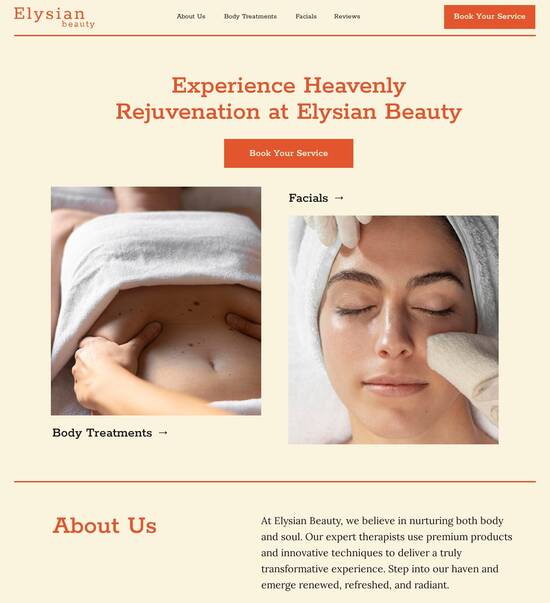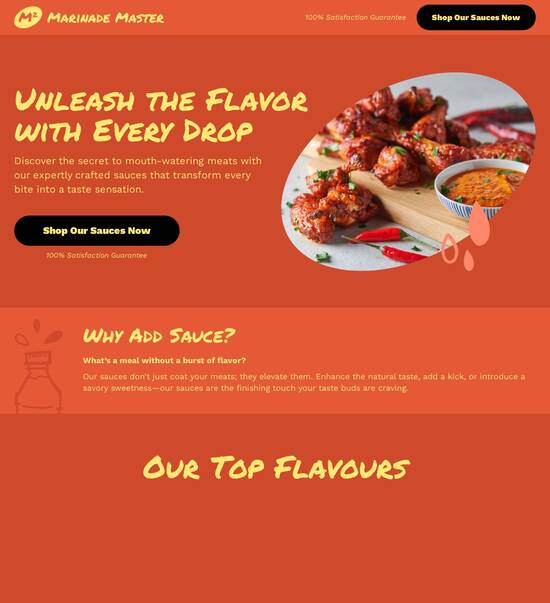
Web page template with interactive audio player widget
Explore Similar TemplatesAbout template
Use web page templates with interactive audio player widget and make your communications easy and transparent. Try our solution today.
Recommended templates
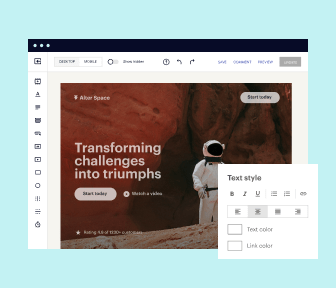
Easy to build without coding
With the intuitive drag-and-drop builder, anyone on your team can create high-converting pages without any knowledge of code or design. Make enhancements to your landing page with custom widgets using Javascript, HTML/CSS, or third-party scripts.
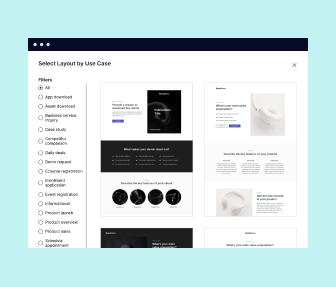
Multiple layouts for any industry and goal
Select from 500+ landing page layouts built to boost conversions across industry-specific scenarios. Customize them by adjusting fonts, adding images, and generating on-brand content with the AI assistant. Quickly scale with Instablocks® and Global Blocks that you can save, reuse, and update globally.
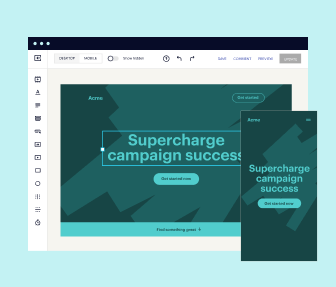
Loads fast and looks polished on any device
Every template is responsive, which means they present professionally on any device and load blazingly fast with our Thor Render Engine. You can also power them up with Google AMP technology to deliver an unparalleled mobile experience and drive higher conversions.
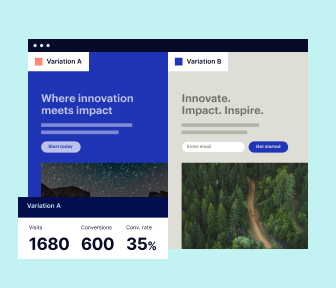
Robust analytics & experimentation
Get real-time updates and reporting across all your devices, showing the number of visitors, conversions, cost-per-visitor, and cost-per-lead. Launch AI-powered experiments, run A/B tests, and use heatmaps to analyze user behavior, then optimize your landing page to maximize conversions.
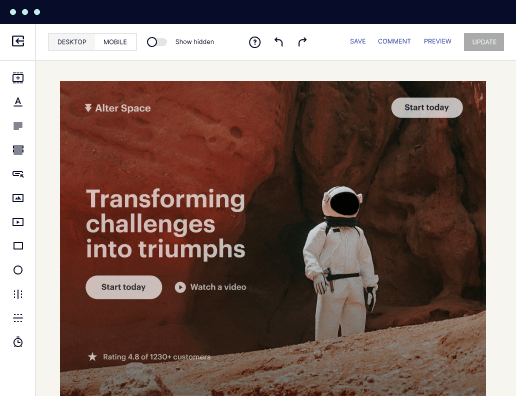
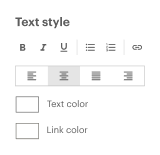
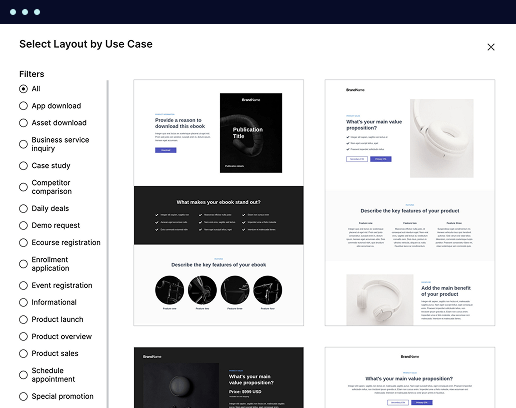
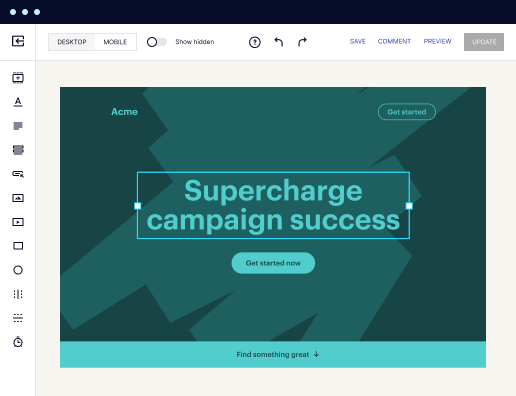
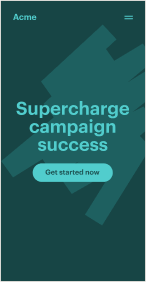
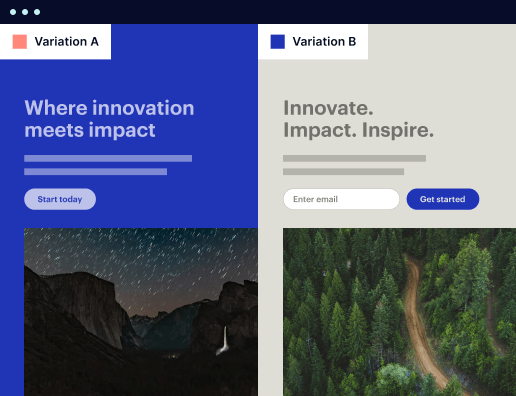
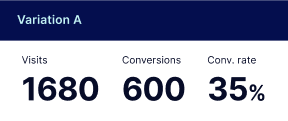
Easy to build without coding
With the intuitive drag-and-drop builder, anyone on your team can create high-converting pages without any knowledge of code or design. Make enhancements to your landing page with custom widgets using Javascript, HTML/CSS, or third-party scripts.
Multiple layouts for any industry and goal
Select from 500+ landing page layouts built to boost conversions across industry-specific scenarios. Customize them by adjusting fonts, adding images, and generating on-brand content with the AI assistant. Quickly scale with Instablocks® and Global Blocks that you can save, reuse, and update globally.
Loads fast and looks polished on any device
Every template is responsive, which means they present professionally on any device and load blazingly fast with our Thor Render Engine.
Robust analytics & experimentation
Get real-time updates and reporting across all your devices, showing the number of visitors, conversions, cost-per-visitor, and cost-per-lead. Launch AI-powered experiments, run A/B tests, and use heatmaps to analyze user behavior, then optimize your landing page to maximize conversions.
All the features you need to build embed music player on website
Explore more featuresLearn how to build audio player widget for website
Frequently asked questions about music player widget for website
Leading the way in building high-performing landing pages





Audio player widget: Your ultimate how-to guide
Instapage is here to revolutionize your marketing efforts. With its powerful features tailored to both marketers and business leaders, Instapage enables effortless creation of high-converting landing pages that drive results. As you embark on the journey of optimizing and scaling your digital marketing campaigns, this guide will walk you through the step-by-step process of leveraging these advanced tools to maximize your ROI, regardless of your budget or team size.
Step 1: Choose the right template
Selecting the appropriate layout is crucial for your landing page success. Instapage offers over 100 high-converting templates specifically designed to fit various marketing goals. Here's how to make your selection:
- Identify your goals: Focus on what you want to achieve, such as lead generation or sales.
- Consider your audience: Choose a template that speaks to your target demographic and aligns with their preferences.
- Review customization options: Ensure the template allows for easy edits, as personalization is key to engagement.
Step 2: Customize your landing page
Once you've selected a template, it’s time to customize your page to reflect your brand’s identity. Instapage simplifies this process with intuitive drag-and-drop builders, allowing you to create unique experiences.
- Incorporate your branding: Use your brand colors, fonts, and images to foster brand recognition.
- Add dynamic elements: Utilize Instablocks for quick integrations like forms, CTAs, and videos that enhance user interaction.
- Maintain clarity: Ensure the messaging is clear, concise, and drives the user towards the desired action.
Step 3: Optimize for conversions
Optimization is essential to ensure your landing page performs at its best. Utilizing built-in A/B testing and analytics, you can identify which elements resonate more with your audience.
- Conduct A/B tests: Test different headlines, images, and layouts to find which performs better.
- Monitor heatmaps: Understand how users interact with your page and identify areas for improvement.
- Analyze performance metrics: Use the analytics dashboard to measure conversions and refine your strategies based on data.
In summary, leveraging Instapage’s powerful features allows you to create sophisticated landing pages that convert visitors into leads. Start implementing these strategies today to elevate your digital marketing outcomes.
Don’t wait any longer! Explore Instapage now and transform the way you manage your landing pages. With our extensive templates and optimization tools, you'll be equipped to skyrocket your campaigns.
People also ask about music player website template
Web page template with interactive audio player widget
The evolution of web page templates in the digital age
Web design has witnessed significant transformation from its early days. Initially, web page templates were quite simplistic, focusing primarily on basic layouts with limited interactivity. These early designs often featured static images and text-based information. However, as technology advanced and user expectations grew, designers started to integrate more dynamic elements into their templates. With the rise of multimedia, interactivity became a key ingredient, allowing websites to engage users like never before.
One notable aspect of modern web design is the pivotal role of audio. Audio has emerged as a powerful medium that enhances user experience, making websites more engaging and memorable. Websites equipped with audio features can dazzle visitors with soundtracks, voiceovers, and spoken content, which have been shown to improve retention and encourage exploration. Recent statistics reveal that a significant portion of consumers often seek out audio content, emphasizing its importance in a saturated digital landscape.
Audio content boosts user engagement.
There has been a steady increase in audio content consumption.
Integrating sound can make websites more memorable.
Understanding the interactive audio player widget
An interactive audio player widget is a tool that allows users to play audio tracks directly from a website. These widgets are designed with user engagement in mind, enabling visitors to control playback, adjust volume, and navigate through tracks seamlessly. The core functionality of an interactive audio player includes features such as play/pause buttons, volume sliders, and visual progress indicators. This interaction creates a more immersive experience compared to traditional static audio players.
Differentiating between static players and interactive widgets is crucial. Static players provide only basic playback features, while interactive widgets enhance user engagement through additional functionalities. Examples of interactive features include options to create playlists, share tracks on social media, or even leave comments about the content. The overall aim is to provide users with a richer experience that encourages them to spend more time on the website.
Play/pause controls allow users to easily manage audio playback.
Volume control settings enable personalization of audio levels.
A progress bar along with track duration display fosters user interaction.
Customizing web page templates with audio player widgets
Selecting the right audio player template can amplify a website’s aesthetic appeal and functionality. There are numerous popular audio player templates available that cater to various genres, including those designed specifically for musicians, podcasters, and educational content creators. For musicians, templates might allow for live streaming performances, while podcasters could benefit from layouts that feature episode lists and descriptions prominently.
Integrating audio content into these templates involves embedding audio tracks correctly. Typically, this requires embedding code directly into the HTML of the web page. Ensure that the chosen template supports the type of content being presented, whether it be standalone tracks, playlists, or complete podcast episodes. By following precise guidelines for embedding, users can enhance the functionality and attractiveness of their web pages.
Step-by-step embedding of audio tracks into web templates.
Guidelines for integrating music playlists for broader appeal.
Tips on including podcast episodes to engage listeners.
Distinguishing features of advanced audio players
Advanced audio players go beyond simple playback functionality to provide a comprehensive user experience. Customization is one of the key distinguishing features; these players often allow for brand personalization through colors, logos, and themes tailored to the host website. This level of personalization helps establish brand identity while fostering an emotional connection between the content creator and the audience.
Additionally, interactive features such as comment sections, ratings, and share buttons increase user engagement. By encouraging users to provide feedback and share their favorite tracks on their social media platforms, websites can cultivate a strong community around their audio content. Furthermore, ensuring framework compatibility is crucial for optimal performance across a variety of platforms.
Brand customization options such as colors and logos.
Interactive features for community engagement like comments and ratings.
Framework compatibility for seamless integration.
The benefits of incorporating audio players into websites
Integrating audio players creates a richer audio experience tailored to diverse audiences. For musicians, offering live tracks and recordings can deepen fan engagement and create an entertaining environment. Podcasters can benefit significantly from this integration as well, using audio players to present entire episode collections in a way that enhances discoverability and promotes loyalty among their listeners.
Moreover, there are monetization opportunities associated with audio content. Whether selling music, promoting subscription services for podcasts, or incorporating sponsorship and advertisements, there are numerous strategies available for revenue generation through audio. Several case studies featuring musicians and podcasters highlight the potential for maximizing profits, emphasizing the importance of well-implemented audio player widgets.
Engaging audiences through live performances and recordings.
Subscriber-based revenue models for podcasts.
Case studies showcasing monetization through effective audio strategies.
Technical implementation of audio player widgets
Implementing an audio player widget requires an understanding of basic installation codes and steps. Typically, this involves inserting HTML and CSS snippets into the desired location on the web page. Setting up an audio player can be straightforward, yet common pitfalls may emerge. Therefore, following recommended troubleshooting methods is vital to ensure optimal functionality. This may include checking audio file formats and verifying browser compatibility.
Accessibility is another crucial aspect of ensuring a positive user experience. Designing audio players that are accessible to all users involves using best practices that align with web accessibility standards. This sets a foundation for making audio content available to everyone, including those with disabilities. Incorporating features like keyboard navigation and screen-reader compatibility can significantly enhance inclusiveness.
Necessary codes for easy installation into web templates.
Common troubleshooting tips to maintain functionality.
Best practices for designing accessible audio players.
Understanding the audience and tailoring content
To optimize content effectively, it is essential to identify target audiences accurately. Musicians and podcasters often cater to distinct audiences with varying needs. For musicians, engaging fans might involve exclusive tracks, while podcasters may focus on episodic content that tells compelling stories. Understanding these differences allows content creators to tailor their audio offerings to meet audience preferences.
Analyzing audience feedback and behavior also plays a vital role. Utilizing analytics tools can provide insights into audio engagement, allowing creators to track which formats resonate better with their audience. Moreover, adapting audio content based on listener demographics can lead to increased satisfaction and higher engagement rates.
Identifying distinct audience needs for personalized audio content.
Utilizing analytics to track engagement effectively.
Adapting audio based on listener feedback and behavior.
Future innovations in audio player widgets
As technology continues to evolve, the future of audio player widgets is bright. Anticipated trends may include the integration of artificial intelligence and machine learning, which can enhance user experiences by offering personalized audio recommendations based on listening habits. Additionally, advancements in 3D audio technology could provide even more immersive audio experiences.
The convergence of audio with other media formats is also on the horizon. The blending of audio with visual content can result in highly engaging multimedia experiences. This approach not only offers a more interactive take on storytelling but also caters to an audience that values content that engages multiple senses. Creators who explore these innovative trends will likely lead the way in the future of engaging online content.
Anticipated trends in artificial intelligence for audio recommendations.
Rise of 3D audio technologies for immersive experiences.
Exploring the blending of audio with visual formats.
Case studies: Success stories in using audio player widgets
Examining successful case studies provides valuable insights into how musicians and podcasters can enhance their websites using audio players. Many musicians have seen a significant boost in fan engagement through the implementation of audio players that allow visitors to listen to live recordings and select tracks. For example, a popular indie artist increased their listener base significantly after embedding an engaging audio widget on their site, leading to higher attendance at live performances.
Podcasters also leverage audio widgets for growth. Notable podcast websites have integrated interactive audio players that allow users to listen to previously aired episodes while leaving feedback. This level of interaction not only helps the podcaster refine their content but also fosters a stronger community among listeners. Lessons from these successes underscore the importance of thoughtful website design and strategically implementing interactive audio player widgets.
Successful musicians utilizing audio widgets to deepen fan engagement.
Lessons learned from strategically designed websites.
Podcasters benefiting from community-driven features.
Best practices for optimizing audio content on websites
Keeping audio content fresh and engaging is paramount for success. Regularly updating web pages with new tracks, episodes, and playlists ensures that visitors return for more. Additionally, actively encouraging audience interaction through feedback and requests can help content creators remain relevant and aware of their audience's desires. This two-way communication promotes loyalty and drives ongoing engagement.
Promotion strategies also play a pivotal role in extending audio content’s reach. Utilizing social media channels effectively can amplify visibility, drawing more listeners to featured audio. Collaborations between artists and podcasters can also benefit from cross-promotion, as partners introduce each other's audiences to their respective audio offerings, ultimately expanding their overall reach.
Regular updates with fresh and engaging audio content.
Encouraging audience interaction for sustained engagement.
Collaborating with other creators for effective cross-promotion.
Ready to skyrocket conversions?
Supercharge your ad campaigns with high-performing landing pages
Get started